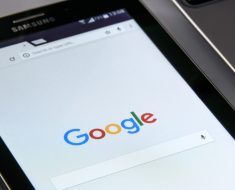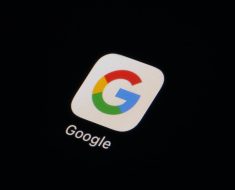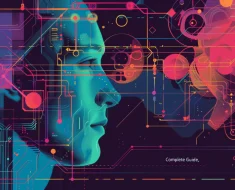Artificial Intelligence (AI) has revolutionized the way we interact with images. It has given us the power to craft and manipulate images with such precision that the line between reality and fabrication has become blurred. However, this power comes with a potential for misuse that cannot be ignored.
The Era of Advanced Generative Models
We are living in an era where advanced generative models like DALL-E and Midjourney have made the production of hyper-realistic images almost effortless. These models, celebrated for their precision and user-friendly interfaces, have lowered the barriers of entry. Now, even inexperienced users can generate and manipulate high-quality images from simple text descriptions. This ease of use ranges from innocent image alterations to potentially malicious changes.
The Need for Preemptive Measures
While techniques like watermarking offer a promising solution to misuse, they are reactive rather than proactive. The real need of the hour is a preemptive measure that can prevent misuse before it happens.
Enter PhotoGuard
Researchers from MIT’s Computer Science and Artificial Intelligence Laboratory (CSAIL) have developed a technique called “PhotoGuard” to address this need. PhotoGuard uses perturbations, tiny alterations in pixel values that are invisible to the human eye but detectable by computer models, to disrupt the model’s ability to manipulate the image.
How Does PhotoGuard Work?
PhotoGuard uses two different “attack” methods to generate these perturbations. The first, known as the “encoder” attack, targets the image’s latent representation in the AI model, causing the model to perceive the image as a random entity. The second, more sophisticated “diffusion” attack, defines a target image and optimizes the perturbations to make the final image resemble the target as closely as possible.
The Real-World Implications
The implications of unauthorized image manipulation are far-reaching. Fraudulent propagation of fake catastrophic events, for example, can manipulate market trends and public sentiment. Personal images can be inappropriately altered and used for blackmail, resulting in significant financial implications when executed on a large scale.
PhotoGuard in Practice
AI models view an image differently from how humans do. They see an image as a complex set of mathematical data points that describe every pixel’s color and position. The encoder attack introduces minor adjustments into this mathematical representation, causing the AI model to perceive the image as a random entity. As a result, any attempt to manipulate the image using the model becomes nearly impossible.
The diffusion attack, on the other hand, is more intricate. It strategically targets the entire diffusion model end-to-end. This involves determining a desired target image, and then initiating an optimization process with the intention of closely aligning the generated image with this preselected target.
The Challenges and the Way Forward
While PhotoGuard shows promise, it is not a panacea. Once an image is online, individuals with malicious intent could attempt to reverse engineer the protective measures by applying noise, cropping, or rotating the image. However, there is plenty of previous work from the adversarial examples literature that can be utilized here to implement robust perturbations that resist common image manipulations.
Conclusion
The development of PhotoGuard is a significant step towards protecting images from unauthorized AI manipulation. However, it is not the end of the journey. A collaborative approach involving model developers, social media platforms, and policymakers is needed to create a robust defense against unauthorized image manipulation. As we tread into this new era of generative models, let’s strive for potential and protection in equal measures.
FAQs
- What is PhotoGuard? PhotoGuard is a technique developed by researchers from MIT’s CSAIL that uses perturbations to disrupt an AI model’s ability to manipulate an image.
- How does PhotoGuard work? PhotoGuard uses two different “attack” methods to generate perturbations. The “encoder” attack targets the image’s latent representation in the AI model, while the “diffusion” attack defines a target image and optimizes the perturbations to make the final image resemble the target.
- What are the implications of unauthorized image manipulation? Unauthorized image manipulation can lead to fraudulent propagation of fake events, inappropriate alteration of personal images for blackmail, and even the simulation of false crimes.
- What are the challenges faced by PhotoGuard? Once an image is online, individuals with malicious intent could attempt to reverse engineer the protective measures by applying noise, cropping, or rotating the image.
- What is the way forward? A collaborative approach involving model developers, social media platforms, and policymakers is needed to create a robust defense against unauthorized image manipulation.




